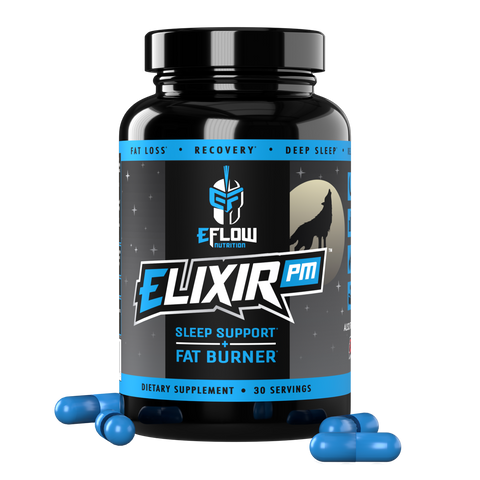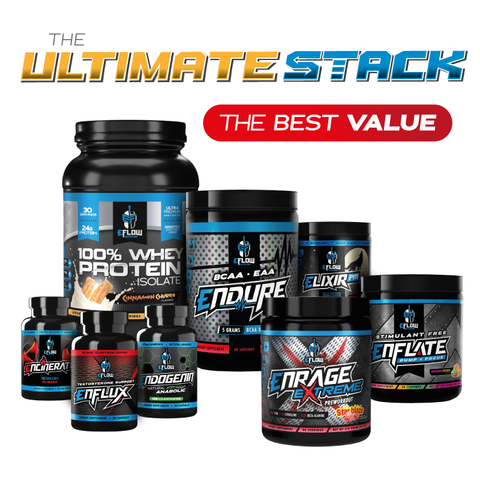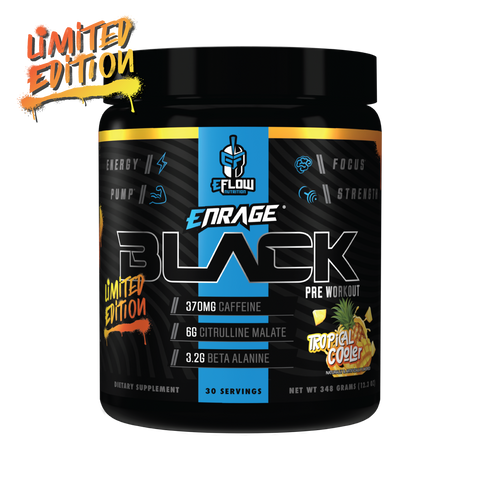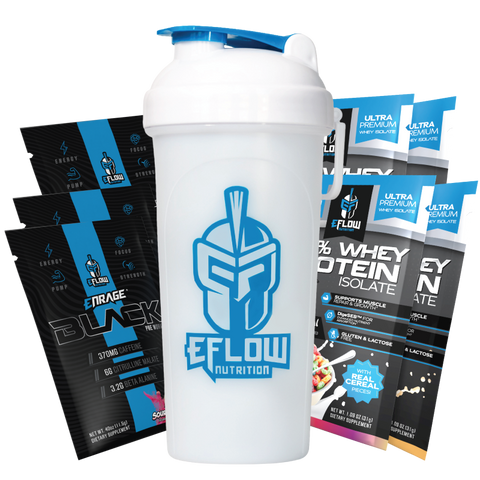Want to get sponsored? Check out this brief overview of what your typical fitness based company is looking for.
Like most companies in the fitness industry we get countless request for sponsorships, hundreds of messages and emails a week.
This is not an outline of how to get sponsored by eFlow Nutrition, but a general guide as to what most companies in the fitness industry look for in individuals to sponsor and partner with.
Keeping in mind, most of the time, sponsorships are reviewed on an individual to individual basis. But if you follow these steps and have a clear understanding of what it takes, you'll be on the right track.
1. TRY THE PRODUCTS!
If you're going to contact a brand and pitch how/why you should be sponsored it's very important you have tried their products, apparel, or whatever it is they sell. You want to SHOW that you have actually used the products and aren't one of the many individuals just sending the same email to every company you come across in hopes of getting lucky and scoring some free product.
Post pictures on your social media displaying that brands products/apparel, etc. Show the company you support their brand and are confident you can positively and honestly represent them.
2. UNDERSTAND WHY COMPANIES SPONSOR ATHLETES.
The main reason, it's about promoting their brand. Different companies use different marketing strategies. Those that sponsor athletes use sponsorship as a form of marketing to sell their goods. The athletes they choose to sponsor usually represent their target market.
In some cases, that may be elite athletes. In other cases, it may be the individuals who lost 100+ lbs and turned their life around. Keep in mind that all companies are looking for someone that represents their desired image who can help them sell products.
When searching for companies to sponsor you, consider your own image. Are you an elite? Look for companies that sponsor elites. Are you a personal trainer? How about a marathon runner. Look for companies that market to you.
3. BUILD AN AUDIENCE.
Simply appearing at a competition isn't enough, even if you win. This fact seems to be lost on most. You're virtually useless if you don't have an audience beyond the 50 people that may see you at the competition. By developing an audience, you dramatically increase the number of people that may see your company's message. A very select few can develop this audience simply by winning (think Michael Jordan or Tiger Woods) These individuals don't necessarily have to actively build an audience. The media coverage they receive serves that purpose.
For the rest of us, we need something else. Social Media is the quickest and easiest way to do this; such as Facebook, Instagram, Twitter, YouTube. Having thousands of followers and/or friends is a ready-made audience and your best bet for getting noticed. Most companies, the first thing they will look at is your Instagram and Facebook exposure.
4. DIFFERENT TYPES OF SPONSORSHIPS.
In the fitness industry these typically range from getting a discount on products to getting free products, commission, competition entries, travel expenses, all the way to getting paid. Some companies refer to these as affiliate, ambassador or athlete positions/programs.
Generally speaking, the more exposure you have, the better you can promote the brand, the more you can ask for. There are no set formulas as every company does their own cost/benefit analysis to determine your worth. Still, it's useful to have a goal in mind when you contact potential sponsors.
To be realistic. If your social media has less then say 30K followers/subscribers, don't expect companies to offer you loads of incentives to represent them. If chosen by a company for an athlete position, most will offer you a discount/coupon code to promote among your followers. This is one of the most direct ways for the company to measure your ROI (Return On Investement) and for you, as an athlete, to earn some commission and show your contributions.
5. CONTACT THE COMPANIES.
You've tried the products/apparel and know they are a company you want to represent. You have an audience that could benefit the brand and bring them exposure. You have your goal in mind as to what you're seeking. Make your pitch, keep it short and sweet. The people you're contacting don't want a biography; they want to know what you can do for them and what you're looking for in return. Include your social media links/info. Be courteous and humble. Arrogance is almost always a recipe for failure.
If you're contacting a relatively large company, they probably receive hundreds of requests like this per week. In most cases, the companies have identified and already reached out to the people they want to represent them. You're fighting for a tiny fraction of the remaining opportunity.
Fortunately for you, 99 percent of the people that solicit companies for sponsorship really don't understand what sponsorship entails. Following these steps can give you a huge advantage over your competition and help you begin your journey to becoming a sponsored athlete for any brand you chose.
Author:
eFlow Nutrition
Marketing & Athlete Management
IG @eFlowNutrition
Facebook.com/eFlowNutrition





